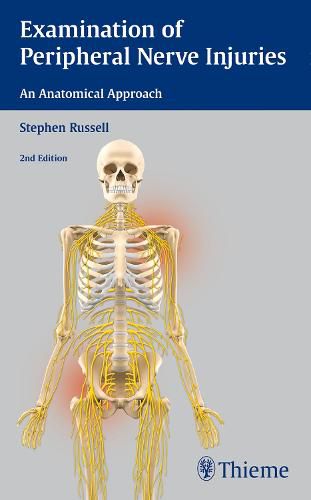Readings Newsletter
Become a Readings Member to make your shopping experience even easier.
Sign in or sign up for free!
You’re not far away from qualifying for FREE standard shipping within Australia
You’ve qualified for FREE standard shipping within Australia
The cart is loading…






An updated guide to diagnosing peripheral nerve injuries
Examination of Peripheral Nerve Injuries, Second Edition, is an updated version of an anatomically based guide that teaches neurosurgeons how to properly examine a patient with a suspected focal neuropathy. This new edition contains unique, full-color illustrations that, along with high-quality photographs, help readers master the details of performing specific procedures and examinations on patients with peripheral nerve injuries.
Key Features:
More than 80 new full-color illustrations guide the reader through each technique Photographs illustrate muscular examination techniques Anatomical relationships are emphasized throughout the book Focuses on the most common anatomical variations, using both schematic figures and simplified text descriptions to facilitate learning
Neurosurgeons and neurologists, as well as residents in these specialties, will read this book cover to cover and refer to it whenever they are preparing to examine patients with complex peripheral nerve injuries.
$9.00 standard shipping within Australia
FREE standard shipping within Australia for orders over $100.00
Express & International shipping calculated at checkout
An updated guide to diagnosing peripheral nerve injuries
Examination of Peripheral Nerve Injuries, Second Edition, is an updated version of an anatomically based guide that teaches neurosurgeons how to properly examine a patient with a suspected focal neuropathy. This new edition contains unique, full-color illustrations that, along with high-quality photographs, help readers master the details of performing specific procedures and examinations on patients with peripheral nerve injuries.
Key Features:
More than 80 new full-color illustrations guide the reader through each technique Photographs illustrate muscular examination techniques Anatomical relationships are emphasized throughout the book Focuses on the most common anatomical variations, using both schematic figures and simplified text descriptions to facilitate learning
Neurosurgeons and neurologists, as well as residents in these specialties, will read this book cover to cover and refer to it whenever they are preparing to examine patients with complex peripheral nerve injuries.